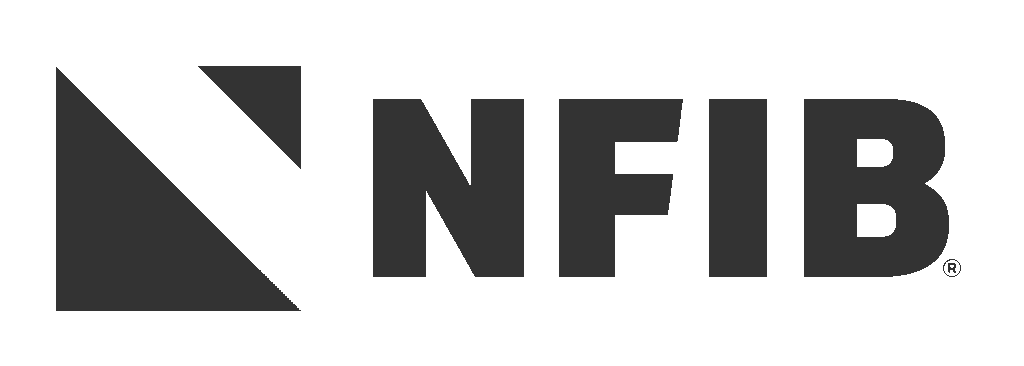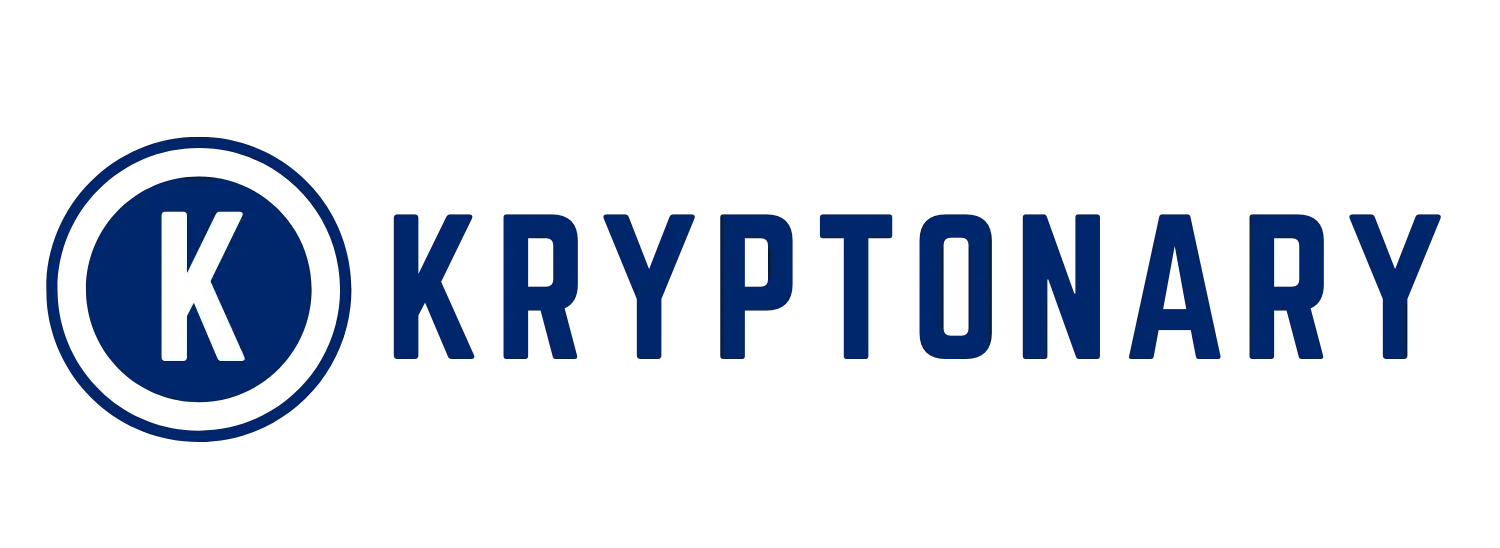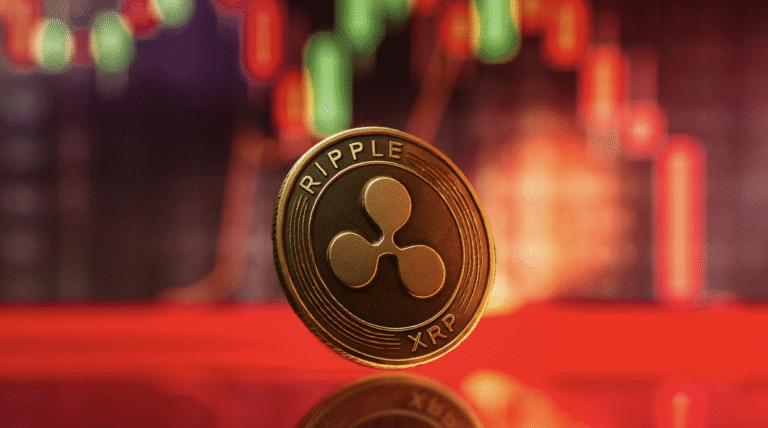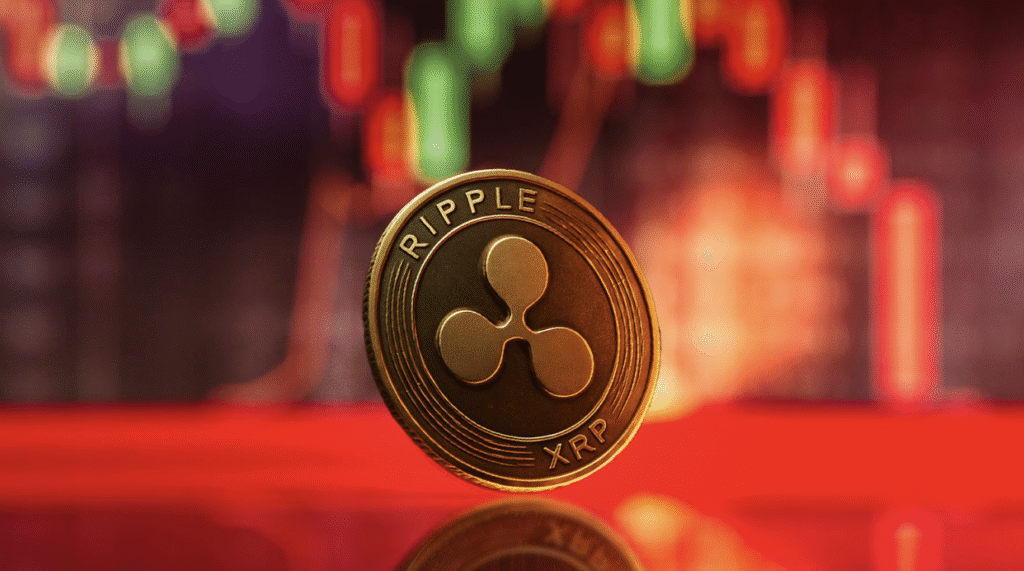Sentiment Among Small Businesses Dips Following 3 Months of Growth
In September, confidence among small businesses in the US took a downturn after experiencing 3 months of slight improvement, indicating rising worries about inflation and political uncertainty. The National Federation of Independent Business (NFIB) has announced a decline in its Small Business Optimism Index, which decreased by 2 points to 98.8. This marks the first reduction since the beginning of summer.
Business owners highlight unfavorable operating conditions and declining demand as the primary challenges they anticipate in the upcoming months. The ongoing rise in prices, implementation of tariffs, and disruptions in supply chains are steadily undermining confidence in crucial sectors, particularly for small and mid-sized businesses.

Government Shutdown Delays Key Economic Data
A lengthy government funding hiatus has postponed the publication of official economic reports, compelling investors and policymakers to depend on private surveys. The ongoing political impasse between Republicans and Democrats has brought essential data collection to a standstill, notably affecting the September employment report.
Even with the data gap, the Labor Department has assured that consumer price data will continue to be released to aid the Social Security Administration in determining the 2026 cost-of-living adjustment. Experts caution that these disruptions hinder accurate predictions and diminish market clarity in times of instability.
Policy Uncertainty Reaches Highest Level in Years
The NFIB’s Uncertainty Index surged by 7 points from August, hitting 100, marking its fourth-highest level in over 50 years. The significant increase highlights the increasing anxiety among small-business owners dealing with erratic policy shifts from the Trump administration.
Bill Dunkelberg, the Chief Economist at NFIB, observed that numerous firms are exercising caution in light of changing regulatory frameworks and the risks associated with tariffs. He noted that economic growth seems to be more influenced by investments in AI rather than by actual spending that supports conventional Main Street businesses.
Recommended Article: JP Morgan Requires Biometric Access at New York Headquarters
Tariffs and Supply Issues Drive Cost Pressures
The recent implementation of new tariffs and ongoing supply chain bottlenecks has significantly driven up operational costs for small businesses. The recent threat from President Trump regarding 100% duties on Chinese imports has increased uncertainty, prompting numerous firms to report escalating input prices.
The NFIB survey revealed that 14% of business owners now consider inflation their most pressing issue, an increase from 11% in August. A significant number of respondents pointed to increased costs for beef, insurance, and materials, as well as project delays stemming from client hesitance.
Businesses Plan Price Increases to Offset Inflation
In response to increasing costs, 24% of the owners surveyed reported that they elevated their average selling prices in September, marking a 3-point increase from the prior month. Approximately 31% intend to implement additional price increases in the coming 3 months, indicating ongoing inflationary pressures across the supply chain.
According to NFIB data, these increases continue to significantly exceed the long-term monthly average of 13%. Experts suggest that rising consumer prices may put pressure on household finances and hinder spending growth as we approach the fourth quarter of 2025.
Falling Sales and Inventory Build-Up Signal Demand Weakness
As expenses continue to rise, an increasing number of small businesses are indicating a drop in sales when adjusted for inflation. The proportion of owners anticipating increased sales decreased by 4 points, indicating a decline in consumer demand throughout key industries.
Growing inventories are increasingly worrisome, as unsold products pile up in the face of declining retail activity. Experts caution that a prolonged increase in inventory levels could lead to reductions in production or job losses if demand does not recover by the end of the year.
Consumption Growth Concentrated Among Wealthier Households
The analysis from NFIB indicates that the majority of consumption growth is primarily seen among higher-income households, who are reaping the rewards of capital gains and stock market appreciation. This inconsistent spending trend underscores an economy that is becoming more polarized, with high-income earners on one side and small businesses grappling with rising expenses on the other.
Dunkelberg highlighted that although the overall economic growth is consistent, its distribution is not uniform. He warned that if inflation continues and tariffs increase, small businesses may keep experiencing tightened profit margins and slower hiring in the upcoming months.















